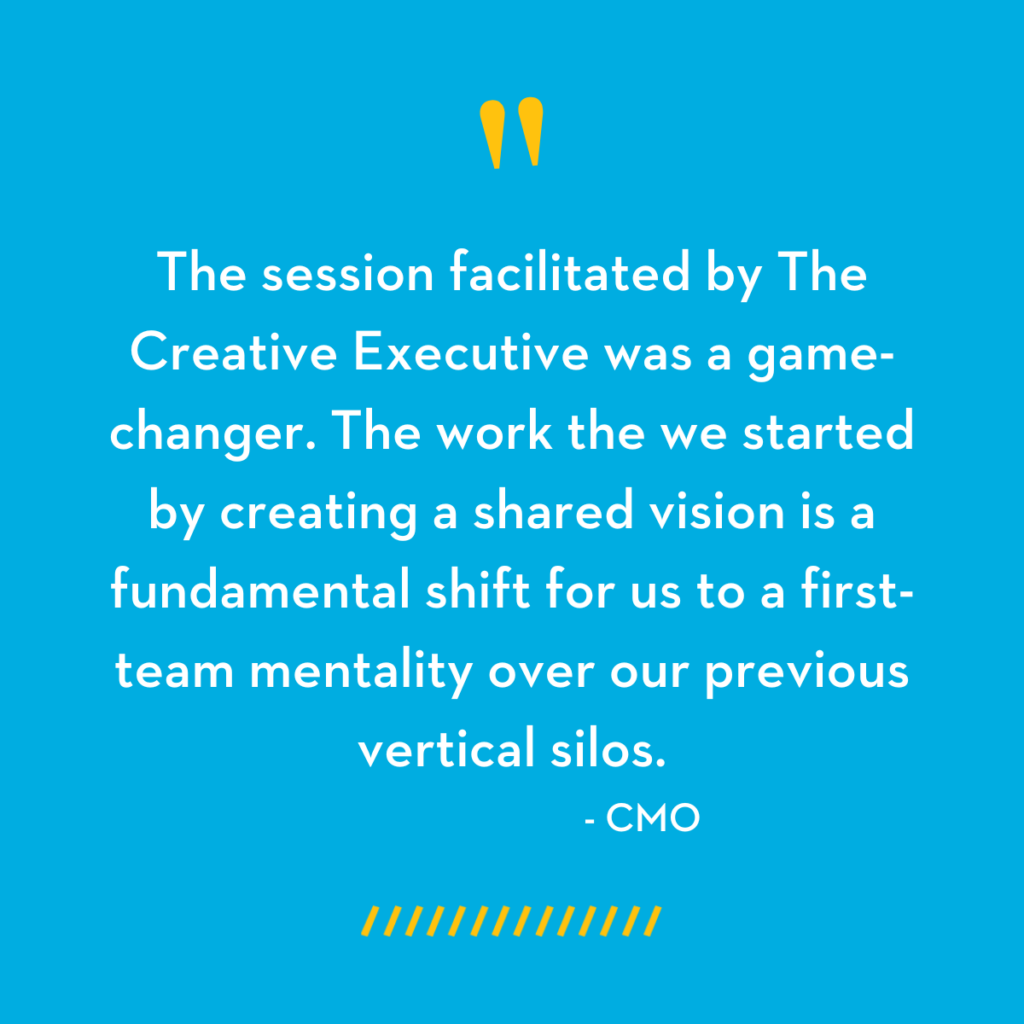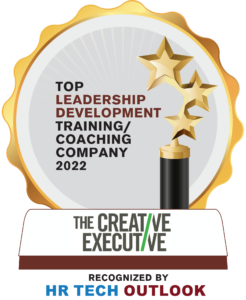The Power Of Awareness in Leadership
Successful leaders deploy a combination of knowledge and ability (performance-based skills) and soft skills, or meta-skills (things like listening and empathy), to help the people they lead to thrive. Many leadership skills are needed in today’s workplace, but the one that we at The Creative Executive see as particularly valuable is awareness.
What Is Awareness In The Context of Leadership?

According to a recent article by Quartz (our inspiration for this piece), awareness can be broken down into three distinct levels: awareness of self, awareness of others, and organizational awareness.
When approached systematically, these three levels of awareness build on each other. With each successive level, a leader’s capacity to operate effectively expands.
They become more aware of their own strengths and limitations, how they can most effectively leverage others, and finally, they become aware of the larger scale patterns and systems happening within their organization.
Why Awareness Is Important
The beauty of this awareness is that it is time and context agnostic – bringing a deeper and more nuanced understanding to any aspect of work. Awareness provides meaningful insights that enable individuals and teams to work together more effectively.
As we move into an increasingly complex and fast-paced future, companies investing in developing these meta-skills (soft skills) in their people will have the strongest cultures, be the most adaptable to change, and achieve sustainable success.
We already see this clearly with our client organizations.
When steps are taken to support leaders and managers in developing their awareness, the benefits reach far beyond the individual leaders.
One of our recent case studies highlights what happens when leaders have the opportunity to expand their awareness:

- Senior leaders learn the language for how to approach leadership with a growth mindset, creating more space for their own development and the development of their people.
- Leaders are able to understand everyone’s strengths, including their own, and uncover strategies for dealing with others in times of conflict.
- Leadership teams learn about and relate to each other on a personal level for greater social cohesion in and across teams.
- Managers bring more play and creativity to their work, expanding the historically narrow focus on results to include important factors outside the numbers.
- Employees and senior leadership better understand where the company has been, where it’s going, and how it will get there.
The way we see it, an investment in developing a leader’s awareness is an investment that impacts every future decision of that leader, not to mention every relationship that leader has or will develop.
So, how do we best empower our people to develop their awareness holistically?
How To Foster A Culture Of Awareness In Your Organization
Below, we share several implementable strategies that can be used to support your leaders in their awareness development. Some strategies are shared from the Quartz article we referenced earlier; the rest are our own.
Leverage Assessments (And Share The Results!)
Personality assessments like Strengths Finder or Meyers-Briggs can be incredibly powerful tools to help individuals understand their strengths and weaknesses.
Moreover, sharing and discussing the results amongst teams will help its members gain awareness of the strengths and weaknesses of their teammates, managers, and direct reports.
Another powerful tool for helping individuals gain awareness is the interview-based 360 assessment. In this assessment, an individual’s peers, managers, and direct reports are interviewed about the leader. Skilled 360 practitioners then distill the themes and broad insights from the interviews into a narrative brief for the executive and the company.
A 360 assessment can help executives understand themselves from new angles, more clearly assess their impact, and find more alignment in their roles. More broadly, new awareness on the individual level increases executives’ productivity, which trickles down to the team, and ultimately creates a healthier company overall.
Create A Shared Language
The most effective teams operate with a shared language – a collection of terms, perspectives, and paradigms that illustrate how work is done. Quartz calls this a lingua franca.
Creating opportunities for teams to develop and understand this shared language will allow them to work cohesively and accelerate results. Assessments are a great place to start, but any structured conversation about vision and process has the potential to generate shared language.
Utilize Stop, Start, Pause Exercises
Taking time to reflect at the organizational level is incredibly beneficial. The Quartz article recommends a start/stop/pause exercise to support this reflection.
In this exercise, a leadership team collaborates to audit the company’s or department’s overarching functions. From here, they decide what processes need to be started, what needs to stop happening, and what may need to be paused for a period of time.
Bring People Together
A common breakdown in growing companies is the siloing of information and process. Our experience is that when more people are aware of what’s happening at the highest levels of the organization, the more aligned everything becomes – people feel more included, they understand what they’re working towards, and they become more able to contribute creatively and strategically.
One way to accomplish this is to hold regular departmental, team, and all-hands town hall meetings. In these town hall meetings, leadership shares about progress towards high-level goals and objectives, employees are recognized for their contributions and achievements, and opportunities are created for different employee groups to mingle and get to know each other.
Coaching and Leadership Development Programming
One of the most potent strategies for developing all elements of leader awareness is to invest in coaching and leadership development programming.
Coaching and leadership development programs can be built and customized specifically for your organization and unique needs. Creating opportunities for individuals to receive 1:1 training, coaching, and feedback will rapidly accelerate their levels of awareness and ability to contribute to the organization.
Sometimes you need a partner. The Creative Executive runs coaching and development programs for successful, high-growth organizations. View our offerings and don’t hesitate to get in touch to discuss your people development needs.


